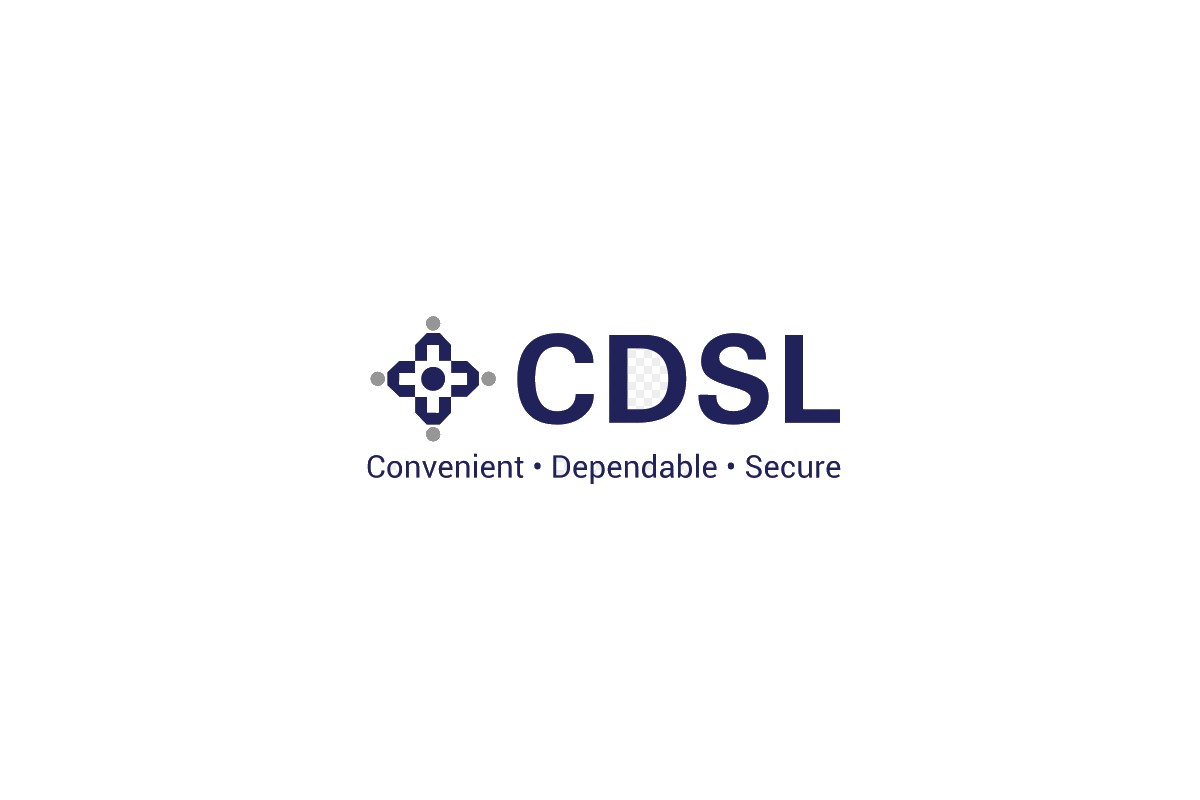CDSL central depository service limited

CDSL is India’s secondary depository institution, established in 1999. It is responsible for electronically possessing foreign securities and assets like shares, bonds, equities, debenture, bonds, exchange-traded funds, mutual funds, etc. CDsL is India’s most extensive depository system regarding the outset of Demat accounts. CSDL is promoted by the state bank of India, Axis bank, Bank of Baroda, HDFC Bank, Union bank of India, and chattered banks. Moreover, it is also working for the Bombay stock exchange. There are more than 600 stockholder joints with CDSL. The focal point of CDSL is to provide security and reliable depository services.
Table of Contents
History
- On February 1999, the Exchange Board OF India permitted the commencement of a business certificate to CDSL. Thenceforth on June 30, 2017, CSDL was registered on the national stock exchange by the initial public offer (IPO).
- Firstly BSE Ltd promoted CDSL, and now it is an uppermost stakeholder with BSE LTD, PPFAS mutual fund, HDFC bank, LIC, and Standard chartered bank.
- CDSL has also become a robust infrastructure system with different backup levels. As a result, CDSL is an essential part of India’s Financial System, which provides convenient and secure depository services at reasonable costs for all market participants.
Working of CDSL
A depository institution performs the same function as a bank except for one thing. The bank provides money, whereas CDSL holds stocks, shares, and bonds. In addition, it is a governmental body that provides security to the investors and stakeholders registered through the depository participants (DP).
The vital purpose of CDSL is to provide safe and reliable services to secure investors’ deposits. The CDSL started its work after acquiring permission from the SEBI in February 1999. The CDSL provides services like holding security, bonds, commercial papers and government services ETC.
What is a depository participant?
It is an intermediary that works as a link between you and the investors .according to SEB, the securities and exchange board of India, financial institution, and stockbrokers, act as the depository participants. CDSL allows DPs to assist investors in managing securities in electronic format.
What is the Demat account in CDSL?
For opening a Demat account, you have to visit depository participants. Once you select a depository participant, you need to register with CDSL. Some documents, like a PAN card and address proof with bank account details, are required. Aftersuccessful verification, you will be provided with your Demat account number.
Subsidiaries in CDSL
There are 3 subsidiaries in CSDL, namely:
CDSL Ventures Limited (CVL)
CDSL is the subsidiary that works under central depository service (India) Limited. It is the country’s first and leading depository, consisting of market expertise.
CDSL Commodity Repository Limited (CCRL)
CCRL is an Indian non-government company that helps in creating and managing electronic negotiable warehousing receipts(e-NWRs)
CDSL Insurance Repository Limited (CIRL)
CIRL is the official repository of the Indian government, which maintains all records of policies in electronic form.
SERVICES OFFERED BY CDSL
Depository services: Depository services are the public services provided to the people, like account maintenance, margin pledge, dematerialization, corporate actions, and rematerialization.
There are many other services CSDL provides, which are given below:
- EIS(electronic access to securities information)- It is an online facility that helps investors monitor their Demat account’s activities periodically. It provides complete information on activities in one place and makes the process hassle free.
- E-Voting” – e-voting is an online system that provides an option to the investors and stakeholders to make their vote in the recognized company in the first place. It helps in creating the voting process less cumbersome.
- “smart” (SMS Alerts Related to Transactions) – this online facility provides investors with all the alert messages when credit and debit transactions are done through the Demat account.
- EASIEST, or the electronic access to securities information & execution of secure transactions, is an online-based facility that helps stakeholders to submit, freeze, and early pay off their debts through their Demat account.
- “eKYC”( know your client) is an institution that provides the complete description of the person, theirDemat account, birth, gender, and personal details.
CDSL Functions
CDSL offers the below Depository services to investors through its DP’s:
- The Address helps to reframe changes in the person’s information if needed
- Dematerialization of securities refers to turning the physical and non-physical certificates into electronic balances.
- Rematerialisation of protection refers to converting the electronic deposits into physical and non-physical services
- Change in information can be availed by submitting the form of pledge creation
- Transmission of securities helps transfer the deposits from one account to another during the death, insolvency, etc.
- Nomination helps transfer the protection from the deceased account to its nominee account.
- The Demat account allows the trading of securities in the joint market.
CDSL Charges
CDSL charges are the charges which are liable whenever you buy or sell securities through a Demataccount. These charges apply to everyone and are the primary source of revenue for the depositories of India.
List of CDSL Charges
- Account Statement Charges
- Dematerialization Charges
- Pledge Creation Fees
- Debit transaction charges
- Account Maintenance Charges
- Delivery Instruction Slip Charges
- Account Statement Charges
- Rematerialization Charges
- Pledge Invocation Fees
- Account Opening Charges
Advantages of CDSL
CDSL provides plenty of advantages to its depositors. Some are as follows:
- Single-point login: It gives an option for the depositors to log in to the Demat account in the first place. You can even log in to many Demat accounts simultaneously.
- Utmost security: The CDSL provides complete protection to the information investors provide to the institution as all the confidential documents are encrypted.
- Electronic-based transfer: There is less paperwork in the process, and all the documents are kept in an electronic form, reducing the chances of risk and theft.
- No stamp work: There is no need to do stamp duty as all the work is done electronically through the Demat account.
- Real-time management: The investors can get the latest information about the company and its stock rates.
Disadvantages OF CDSL
As there are many advantages to the CDSL, but there are still some drawbacks which are given below:
-
The whole trade process is based on the electronic form. However, more people in rural areas are unaware of electronic-based trading as they still carry physical and non-physical certificates.
-
All the institutions need Demat accounts for buying and selling shares and bonds, while some still carry certificates, making the depository process impossible.
-
There are chances of delay, which leads to duplicacy of the settlement.
-
There is less control over securities trading due to the dematerialized accounts.
-
CSDL restricts the trading of multiple bids at the same time by the same person.





